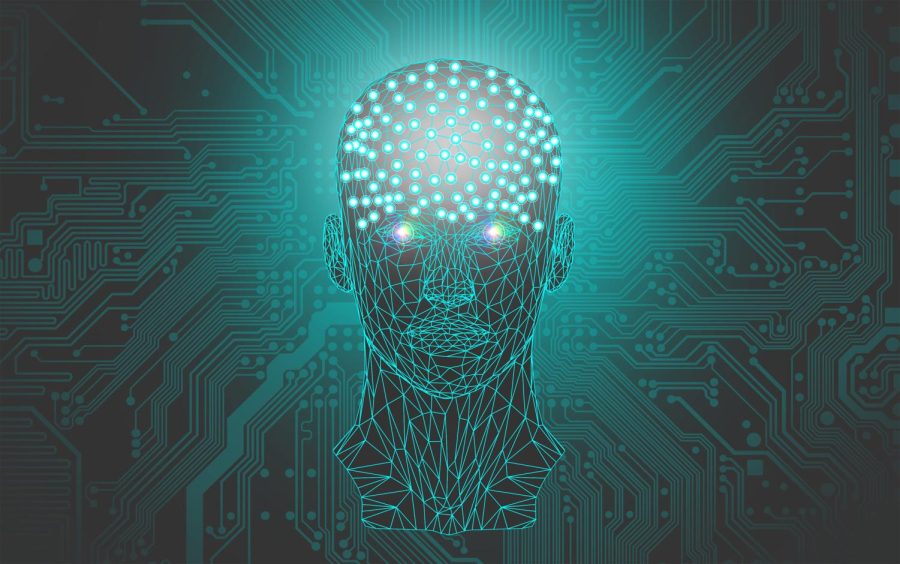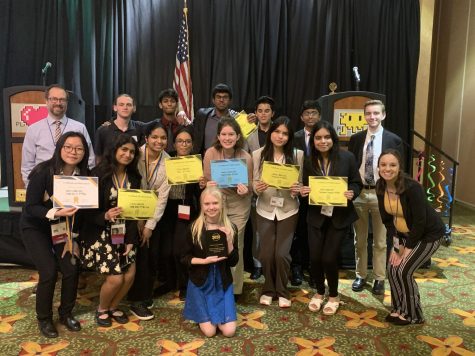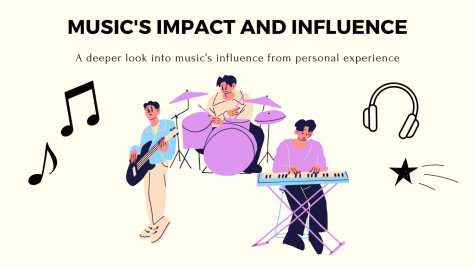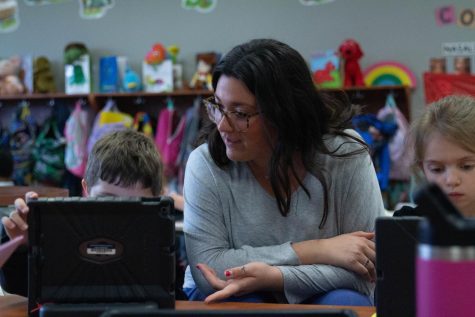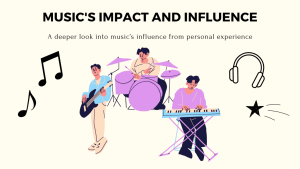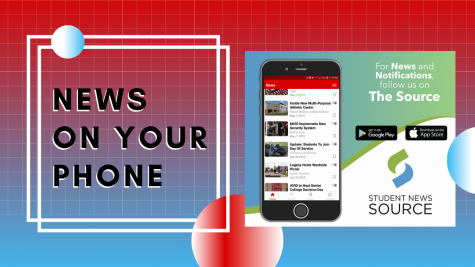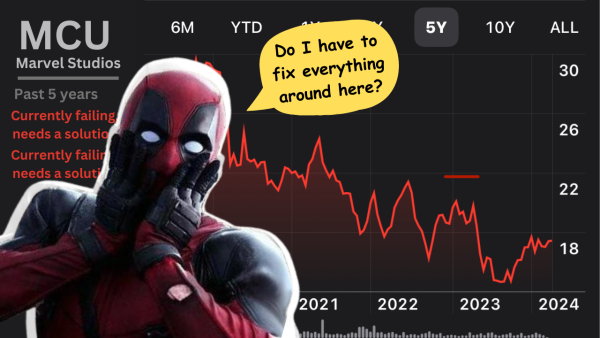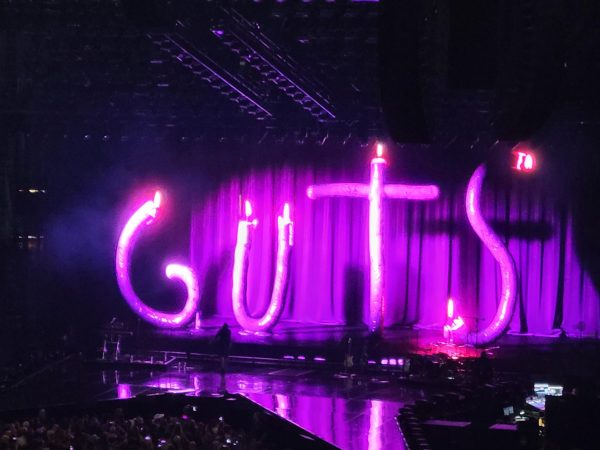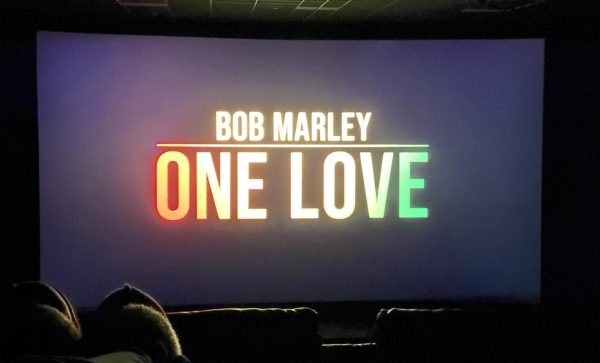Is Artificial Intelligence Going Too Far?
In a world where misinformation is already spread far and wide, are new developments in AI hindering us even further?
Artificial Intelligence improves every day, learning from new information, growing closer to a human mind.
April 14, 2023
As artificial intelligence (AI) continues to advance at an astonishing rate, experts are debating whether the technology is progressing too quickly and posing new challenges to society. One area of concern is the use of AI in combating online misinformation, as well as its potential for misuse in the creation of false visual media.
Online platforms, including social media and search engines, have turned to AI algorithms in an effort to identify and eliminate fake news and misinformation. While these algorithms have had some success, they are far from perfect and some have argued that they may even be worsening the problem.
One major challenge with AI algorithms is that they are only as good as the data they are trained on. Biased or incomplete data can lead to inaccuracies and false positives, which can harm innocent individuals or groups. Moreover, these algorithms can be vulnerable to manipulation by malicious individuals who seek to spread disinformation or “game the system.”
Despite these issues, AI has the potential to play a crucial role in combating online misinformation. AI algorithms can help human moderators to quickly and effectively identify and remove fake news and other problematic content. By analyzing vast amounts of data and identifying patterns and trends, AI can complement human efforts to keep the internet free from false information.
However, the advancement of photo and video AI is another area of concern. The technology is now capable of generating lifelike images and videos that are nearly indistinguishable from the real thing. While this technology has many promising applications, including in entertainment and advertising, it also raises concerns about its misuse in spreading misinformation and manipulating public opinion.
One alarming example of this misuse is the creation of false visual media in criminal trials. With the use of photo and video AI, it is possible to generate images and videos that appear to show individuals committing crimes they did not actually commit. This could lead to false convictions and serious miscarriages of justice.
The potential misuse of photo and video AI is not limited to the courtroom. It could also be used to create propaganda and fake news stories that are designed to sway public opinion on a wide range of issues. In the wrong hands, this technology could be used to manipulate the public and cause significant harm to individuals and society as a whole.
As AI continues to advance, it is important for society to carefully consider the potential risks and benefits of this technology. While there is no doubt that AI has the potential to be a powerful force for good, it is also important to recognize and address the potential risks and challenges that come with its use.


